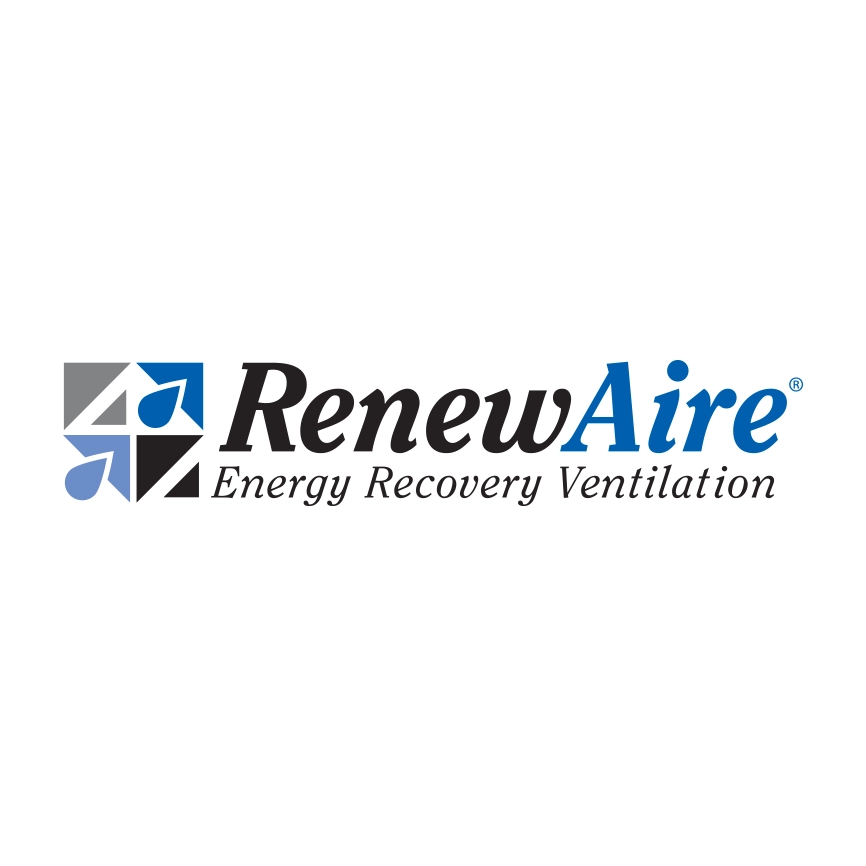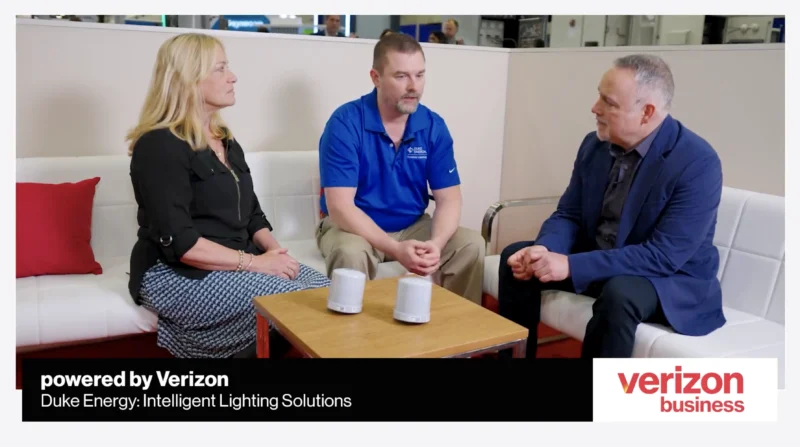The Importance of Proper Ventilation for Indoor Air Quality
Indoor Air Quality (IAQ), is on everyone’s mind these days. With the COVID-19 pandemic raising concerns over the quality and safety of indoor air, it’s an opportune time to get an insider’s perspective on IAQ and what proper and/or increased ventilation can do to make an internal environment a safe one.
Nick Agopian, Vice President of Sales and Marketing for RenewAire, LLC, shared his IQ regarding IAQ.
Agopian stressed the importance of ventilation in regulating IAQ. “When it comes to ventilating, you can’t see it, you can’t touch it, you can’t smell it, and you don’t know that it’s actually happening in the background,” Agopian said. But ventilation is a necessity for good indoor air quality, and it’s a process human have concerned themselves with and innovated upon through centuries. “The more air we bring indoors, the better it is for occupants.”
Construction methodologies, codes and materials have changed over time. One hundred years ago, there were approximately 50 different materials used in construction. Fast forward to today, and Agopian said there are over 55,000 products used to build a building or a home.
But while these new building methods and materials may provide more energy efficiency, they don’t provide as much air exchange as past buildings. “So, we are essentially living in our own bio-effluence,” Apogian said. “Because we don’t have that same level of air exchange that’s occurring, mechanical ventilation solutions are needed.
Bringing the spotlight to the pandemic, Apogian mentioned that many indoor home building codes do not consider the length of time families might be spending inside the home each day due to the pandemic.
Is enough outside air getting into the house to accommodate multiple family members working and learning from home instead of at a workplace or school? The United States is the worst performing first nation in the world in terms of home ventilation, meaning the answer is likely no for many Americans.
“These systems are now being challenged, and, if anything, people should be looking at code and the design of homes and saying, ‘I want a higher performing structure,’” Apogian said.
Follow us on social media for the latest updates in B2B!
Twitter – @MarketScale
Facebook – facebook.com/marketscale
LinkedIn – linkedin.com/company/marketscale




